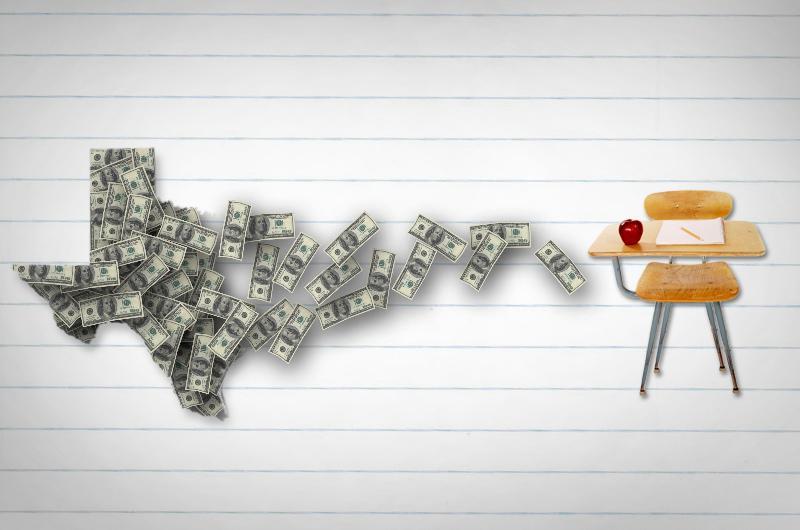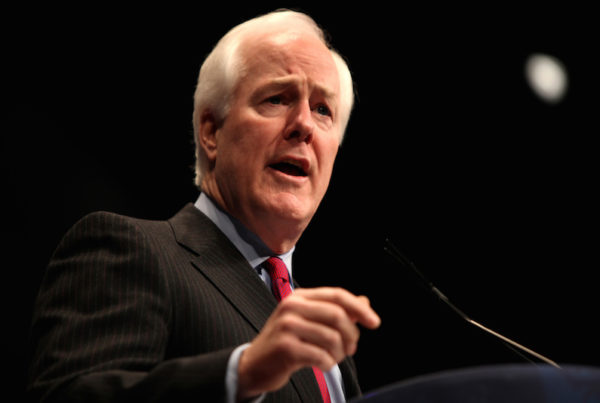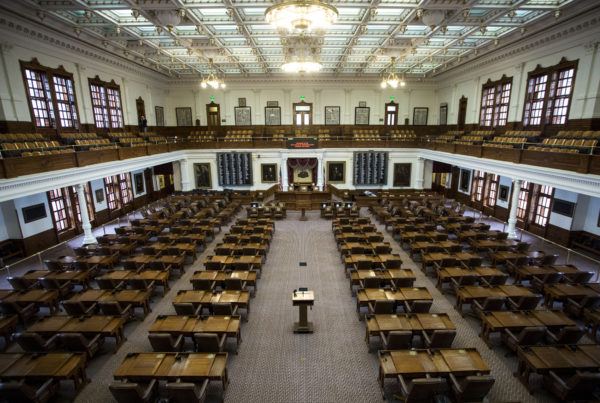From Texas Public Radio:
Friday, lawmakers in the Texas House are debating several legislative efforts aimed at improving the state’s school finance system, but what exactly is “school finance?”
What changes are state lawmakers eyeing to make the system more equitable?
Kristen Symers teaches third grade at Lamar Consolidated School District, 30 minutes away from her home in Katy. While visiting the State Capitol with her family, Smyers admits she doesn’t completely understand how the state funds local school districts, but she’s willing to learn.
When asked about the term “WADA” as applied to school finance, Symers is unsure about its meaning.
“Weight average daily attendance” is the formula the state uses to determine how much it costs school districts to educate the average student, which is about $10,000 per student. But this explanation may be too simplistic.
David Hinojosa is the national director of policy for the Intercultural Development Research Association or IDRA, a non-profit whose mission is education equality. Hinojosa says the state also uses that formula to determine the cost to educate students who may come with challenges.
“Because student characteristics differ – so some students are low-income – it might require additional resources to reach those students and so what the state says is ‘we’re not just going to pay you per student or per student on average daily attendance, we want to pay you based on the characteristics of the student,'” Hinojosa says.
Hinojosa says the problem is the state’s current formula or “weights” for the determining a districts costs hasn’t been updated.
“Those ‘weights’ were established in 1984, so we’ve lived with those weights for all those years but standards have obviously gone up, not just for the individual students but also for school districts,” Hinojosa says.
So that is a basic explanation of how the state determines how to fund each individual school district based on student’s needs, but those state funds are only one piece of the overall funding pie.
Back at the Capitol, Symers is asked if she aware about the different funding sources that make up a districts overall budget beyond just state funding.
“I do know that we pay ‘school taxes’ and they allocate the funds as they see necessary,” Symers says.
San Antonio State Rep. Diego Bernal is the vice chair for the House Committee on Public Education and says currently the state assumes part of the cost to educate a student and the federal government chips in a small percentage, but the rest is made up from local property taxes and that amount is steadily rising.
“In 2006, the share of state dollars in the school finance system was 50 percent, today, it’s about 36 percent. So, the state has divested public dollars into school finance and then what has happened is the local district has had to raise your local property taxes to make up the difference that the state’s not providing,” Bernal says.
One of the bills scheduled for a debate on the floor of the House is a proposal by the Richmond Republican John Zerwas, it would provide school districts with more state funding per student and could slightly reduce a district’s local property tax rates.
Just north of the Capitol in the Round Rock school district, teacher Stephanie Stoebe gets her classroom ready for the first day of school. Stoebe hopes that rather than just throwing money at the problem, lawmakers actually take a hard look at what needs to be fixed.
“It’s kind of an arbitrary number because it’s not actually based on the academic standards, it’s just divided up and say ‘we’re going to spend $2 billion on education and we’re divide that up by say 5.4 million students and there’s our magic number,'” Stoebe says.
State Rep. Bernal agrees with Stoebe to a point. Bernal says while dumping more state money into the system may not create a permanent fix, it does provide some breathing room for financially-struggling school districts that are considering closing their doors.
“Right, everyone always says you can’t throw money at the problem, well, show where we’ve tried that, show me where we’ve tried to fund education in an adequate way. But you couldn’t point to a moment where we’ve invested in public education and decided it didn’t work,” Bernal says.
House Speaker Joe Straus, a San Antonio Republican, has set aside an entire day for House lawmakers to discuss various aspects of the school finance debate.
















